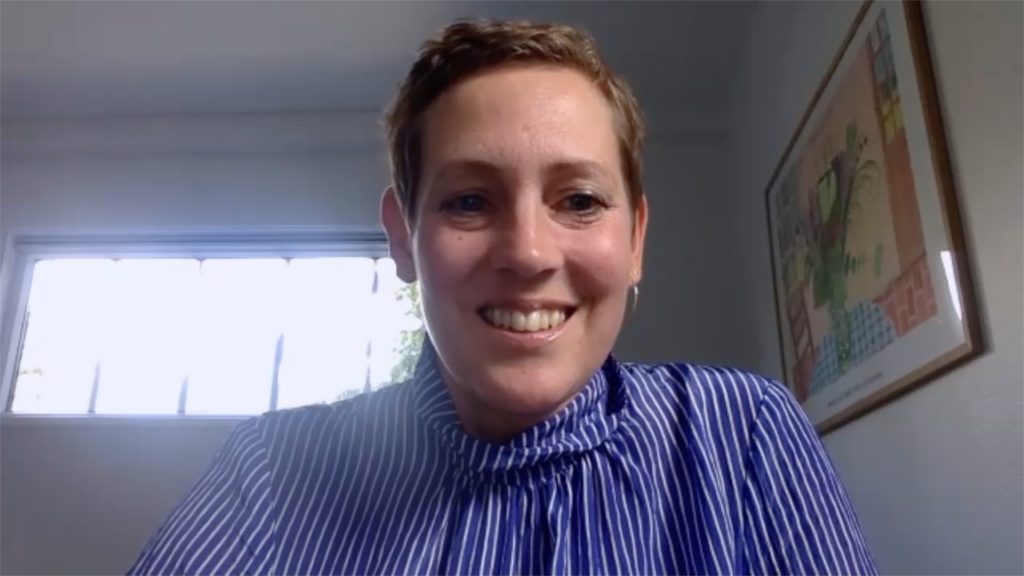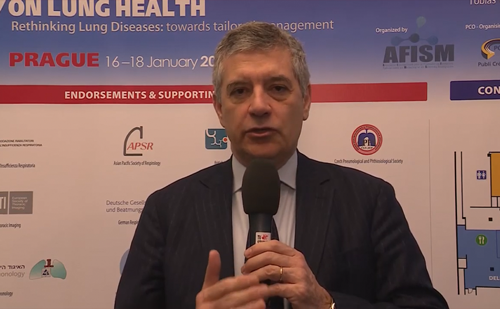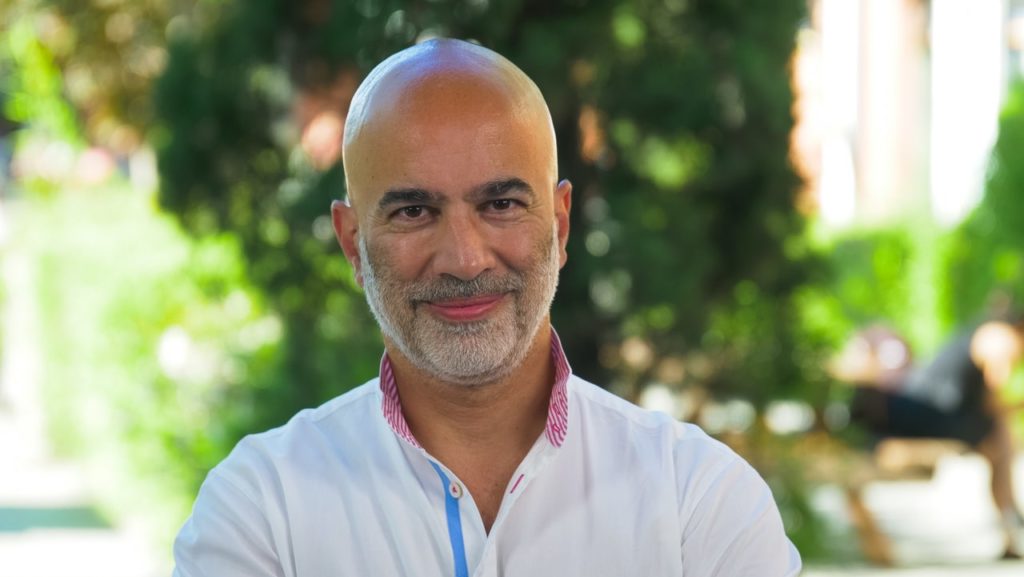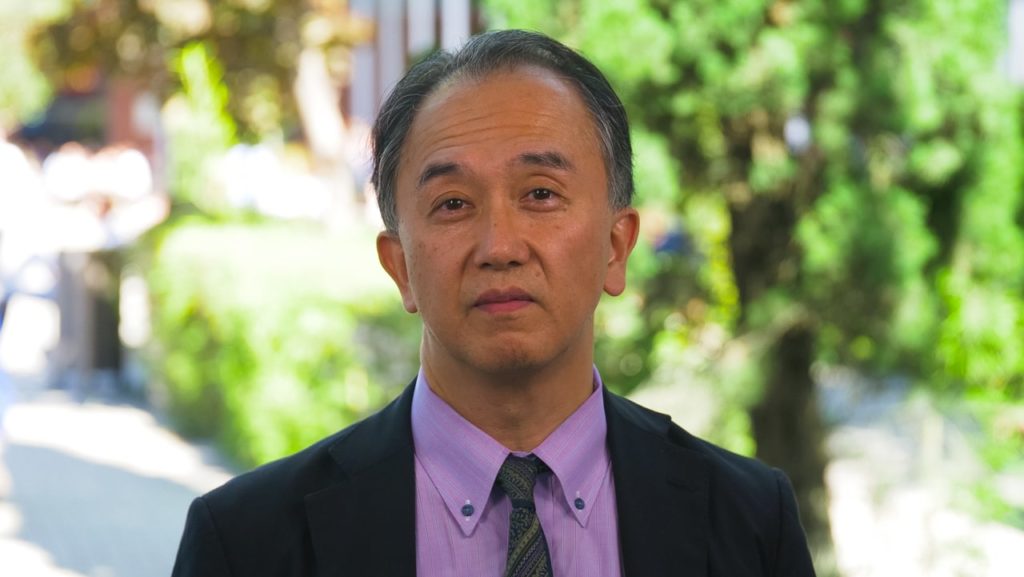 Ventilator-associated pneumonia (VAP) remains a significant cause of morbidity and mortality among critically ill patients in intensive care units (ICUs). One of the key drivers of VAP is the formation of bacterial biofilms on endotracheal tubes (ETTs), which serve as a reservoir for persistent infections and reduce the efficacy of antibiotic treatments. Biofilms are structured communities of bacteria encased in a protective extracellular matrix, which forms rapidly in patients receiving mechanical ventilation.1
Ventilator-associated pneumonia (VAP) remains a significant cause of morbidity and mortality among critically ill patients in intensive care units (ICUs). One of the key drivers of VAP is the formation of bacterial biofilms on endotracheal tubes (ETTs), which serve as a reservoir for persistent infections and reduce the efficacy of antibiotic treatments. Biofilms are structured communities of bacteria encased in a protective extracellular matrix, which forms rapidly in patients receiving mechanical ventilation.1
In this Q&A, Professor Frank MP van Haren (St George Hospital, Sydney) discusses the challenges of biofilm-associated VAP in mechanically ventilated patients and presents findings from a study evaluating the effectiveness of nebulized BromAc® at removing biofilm from endotracheal tubes and enhancing the effects of antibiotics in the treatment of biofilm-associated infections. The abstract “BromAc® Removes Biofilm From Endotracheal Tubes and Exhibits Antibacterial Effect in Mucoid and Non-Mucoid Pseudomonas Aeruginosa” was presented at ATS 2025 International Conference, San Francisco, 16–21 May.2
Q. What challenges are associated with the presence of biofilms on endotracheal tubes of mechanically ventilated patients?
Hospitalized patients often become colonized with microorganisms acquired from the hospital environment, and as many as 75% of severely ill patients will be colonized within 48 hours. Biofilms on endotracheal tubes of mechanically ventilated patients in an ICU develop within days and are implicated in the pathophysiology of VAP.
VAP has an incidence of 2–26 episodes per 1000 ventilator days, results in longer duration of mechanical ventilation (4 days), longer ICU and hospital stays (2 days) and has an attributable mortality of 10%. The mean attributable cost increase is estimated to be between $10,000–40,000.
Q. What is the mechanism of action of BromAc®?
BromAc® is a first-in-class therapeutic that synchronously targets the two primary structural components of complex glycoprotein; peptide bonds and disulphide bonds. Because of this, BromAc® breaks down mucus, degrades biofilm, affects the bacterial cell wall and peptidoglycan, and facilitates cell entry of therapeutics, such as antibiotics.
Q. What was the rationale and methodology of your study?
BromAc® is under clinical development as a mucolytic for respiratory conditions. As BromAc® breaks complex glycoprotein, we sought to determine its effect on bacterial biofilms, particularly pseudomonas aeruginosa (PA), as described in this study. PA is a biofilm producing pathogen and often the cause of respiratory tract infections, particularly in cystic fibrosis (CF). PA is commonly the cause of bacterial pneumonias, including VAP, in patients admitted to hospital.
The current study collected endotracheal tubes (ETT) from patients admitted to our ICU at extubation who were ventilated for greater than 48 hours. Prior studies report that if present, ETT biofilm will form within 48 hours.
ETTs were set up in a ventilator circuit with a humidifier and test lung. A vibrating mesh nebulizer was used to nebulize BromAc® or saline control proximal to the humidifier, with a flow rate of 12 breaths per minute, tidal volume of 0.450 L and set to continuous mandatory ventilation (CMV). The primary model involved a 15-minute pre-humidification period, followed by nebulization of 5 mL of the test drug (BromAc® or saline) and a 30-minute ventilation period to mimic a ventilated patient as best possible in an ex-vivo setting.
In the in-vitro study, PA biofilms were grown on ETTs for 48 hours and treated with BromAc® alone or combined with antibiotics, including colistin, tobramycin, amikacin, and gentamicin.
Q. Could you give a brief overview of the study findings?
BromAc® removed biofilm from patient-derived ETTs compared to 0.9% NaCl control with 50% reduction within 5 minutes and >90% removal after 30 minutes. Humidification and twice dosing improved clearance of biofilm.
Using in-vitro ETT biofilms, BromAc® alone significantly reduced biofilm. When combined with antibiotics, this effect was increased. For PA-201 and PA-183 the increased effect was additive and for PA-297 and PA-298 the effect was synergistic.
BromAc® alone inhibited planktonic growth by 28%, and by up to 89% when combined with gentamicin, colistin or amikacin, and 96% when combined with tobramycin.
In summary, BromAc® effectively removed biofilms both in-vitro and ex-vivo. The combination of BromAc® with antibiotic enhanced biofilm clearance, allowed for effective biofilm removal at lower antibiotic doses.
The results of this study support the potential clinical use of BromAc® to enhance VAP management by improving antibiotic efficacy and reducing bacterial load, offering a promising therapeutic strategy in the treatment of biofilm-associated infections.
Q. What are the next steps for translating these results into clinical practice?
Further clinical trials are planned to establish the safety and efficacy of nebulized BromAc® in respiratory conditions that involve biofilm and/or mucus, including VAP, CF and chronic obstructive pulmonary disease.
References
- Taner F, Baddal B, Theodoridis L, Petrovski S. Biofilm Production in Intensive Care Units: Challenges and Implications. Pathogens. 2024;13:954.
- Van Haren F, Narang P, Eapen MS, et al. BromAc® Removes Biofilm From Endotracheal Tubes and Exhibits Antibacterial Effect in Mucoid and Non-Mucoid Pseudomonas Aeruginosa. Am J Respir Crit Care Med. 2025;211:A1539. Available at: https://www.atsjournals.org/doi/abs/10.1164/ajrccm.2025.211.Abstracts.A1539 (accessed 19 May 2025).
Further content in respiratory infections.
Editor: Victoria Jones, Senior Content Editor.
Disclosures: This short article was prepared by touchRESPIRATORY in collaboration with Frank MP van Haren. touchRESPIRATORY utilize AI as an editorial tool (ChatGPT (GPT-4o) [Large language model]. https://chat.openai.com/chat.) The content was developed and edited by human editors. No fees or funding were associated with its publication.
Cite: Frank MP van Haren. Breaking the Biofilm Barrier – A New Approach to Combatting Ventilator-Associated Pneumonia in ICU Patients: Frank MP van Haren, ATS 2025. touchRESPIRATORY. 18 June 2025.
Register now to receive the touchRESPIRATORY newsletter!
Don’t miss out on hearing about our latest peer reviewed articles, expert opinions, conference news, podcasts and more.














